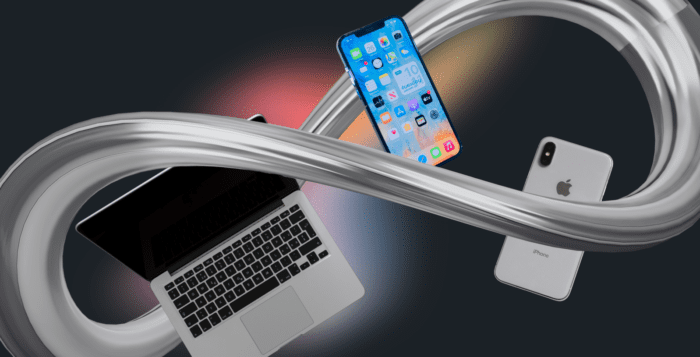We all know the classic marketing funnel—a linear journey from awareness to conversion—right? Well, what if we told you that this funnel is about to become a thing of the past? With new generations of consumers, digital tools, and platforms, it’s clear that audiences no longer interact with brands as they once did. Today’s consumers engage with brands in a non-linear, dynamic way. Enter the Marketing Loop, a concept that embraces modern customer behaviour’s fluid and cyclical nature.
Why the Funnel No Longer Fits
The funnel model—with its distinct stages of awareness, consideration, and decision—made sense when customer journeys were simpler. But times have changed. Today’s consumers can skip between stages, dive deep into research, and connect with brands across countless touchpoints.
The Rise of The Marketing Loop
The Marketing Loop is a model that reflects the continuous, iterative interactions between brands and consumers. Unlike the funnel, which suggests a one-way journey, the loop embraces a cyclical process where customers can move back and forth between stages, constantly re-engaging with the brand. Here’s how it works:
- Engagement: It starts with engaging content and interactions that attract attention and build awareness.
- Exploration: Consumers delve deeper, exploring different aspects of your brand and offerings.
- Evaluation: They compare options, seek reviews, and gather more information.
- Action: Finally, they make a purchase or take another desired action.
- Loyalty & Retention: Post-purchase, the loop focuses on nurturing the relationship, encouraging repeat business, and fostering brand loyalty by creating a strong customer bond
Satisfied customers become advocates, sharing their positive experiences and drawing new prospects into the loop.
Benefits of Embracing the Marketing Loop
- Customer-Centric: It prioritizes the customer’s perspective, accommodating their nonlinear journey. This is because the loop encourages two-way communication, making the customers active participants instead of shuffling them through the funnel and creating them into long-term assets for the brand.
- Flexible: It allows for ongoing engagement and re-engagement, making it easier to adapt to changes in customer behaviour.
- Holistic: It integrates various marketing strategies, from content creation to customer service, into a seamless experience.
- Data-driven: Continuous interaction provides valuable data that can be used to refine strategies and improve the customer experience. Insights from customer interactions and data collection inevitably inform marketing strategies, making this process iterative.
Implementing the Marketing Loop
To transition from a funnel to a loop, consider these steps:
- Map Customer Journeys: Understand the different ways your customers interact with your brand.
- Create Dynamic Content: Develop content that resonates at various stages of the loop.
- Utilize Technology: Leverage tools like CRM systems and analytics to track interactions and tailor your approach.
- Foster Engagement: Build strong relationships through personalized communication and exceptional customer service.
- Leave a Lasting Impression: Creating a seamless 360° experience from the moment a client visits your website is essential. How do you deliver customer service? How do you communicate updates? What emotions do your packaging and unboxing evoke? Every touchpoint matters in shaping the overall customer journey.
In a world where consumer behaviour is increasingly complex, the Marketing Loop offers a more accurate and effective way to engage with your audience. By embracing this model, you can create a more flexible, customer-centric approach that keeps your brand at the forefront of their minds, driving lasting success.
Ready to Make the Switch?
If you’re still clinging to the old funnel model, it’s time to evolve. Embrace the Marketing Loop and discover a new way to connect with your audience, drive growth, and build enduring relationships. The future of marketing is circular—are you ready to join the loop?
